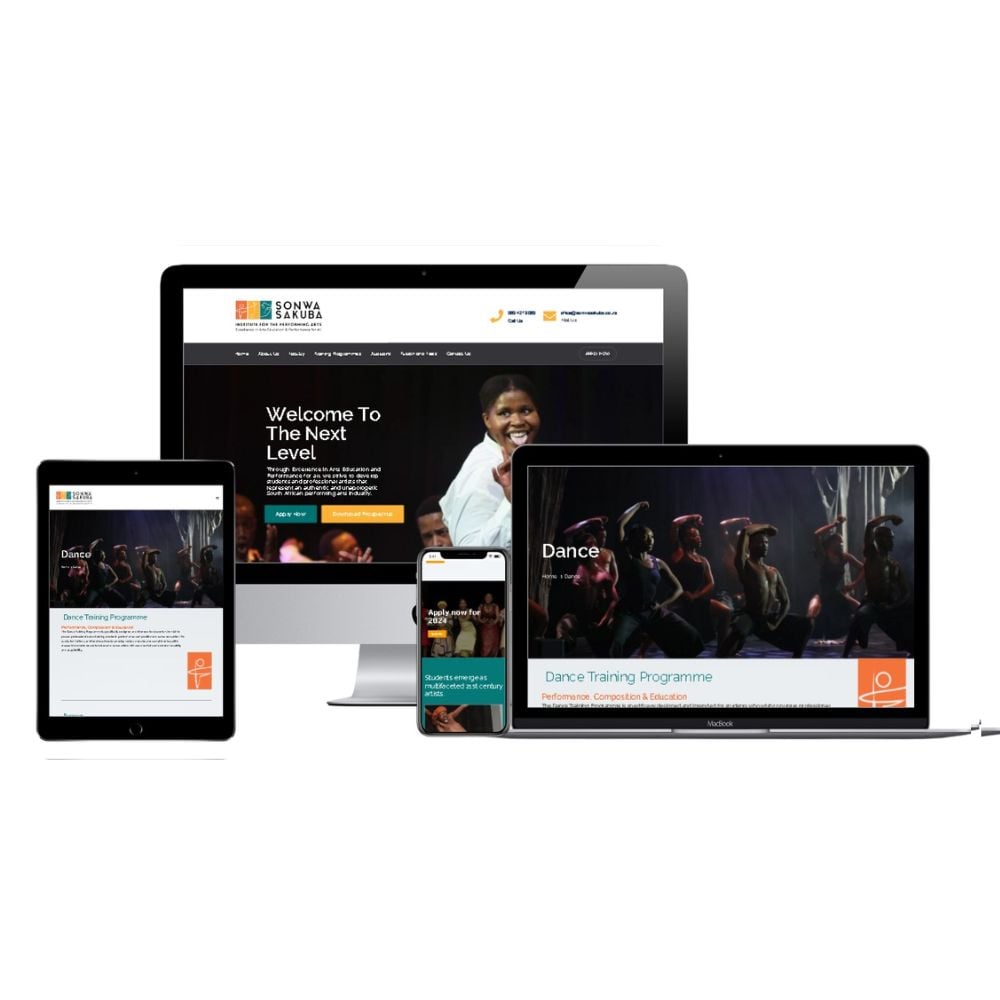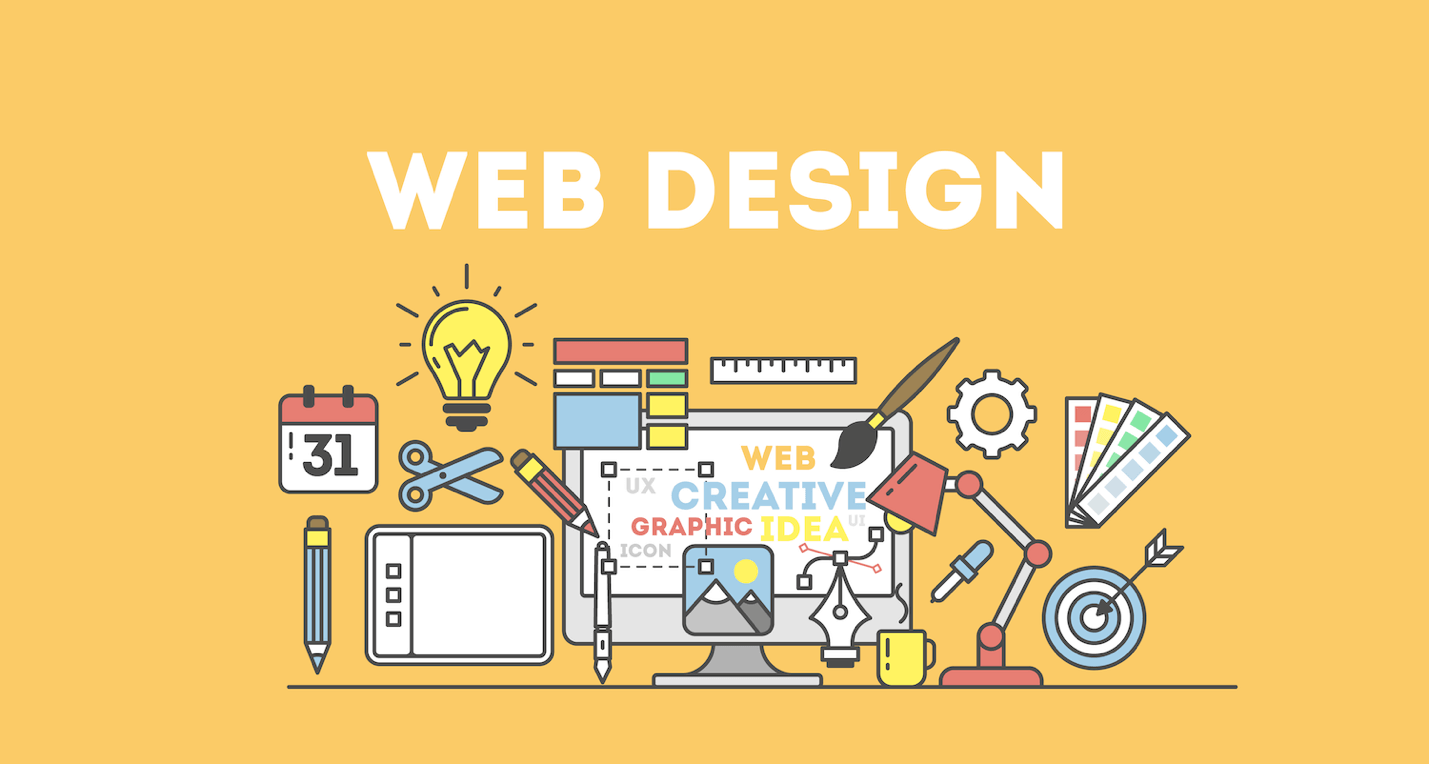Custom Website Design Solutions for Retail Websites
Top Tips for Developing an Impactful Site Layout That Transforms
In today's electronic landscape, the significance of an impactful internet site design can not be overstated, particularly when it involves converting site visitors right into consumers. To attain this, one should take into consideration a variety of factors, including recognizing the target market, focusing on individual experience, and enhancing for mobile platforms. Additionally, the strategic use compelling call-to-actions and a distinct aesthetic pecking order plays an important duty in assisting customers with their journey. As we discover these vital aspects, it comes to be obvious that the success of your website pivots on greater than just aesthetic appeal; it requires a thoughtful approach to style and capability.

Understand Your Target Market
Understanding your target market is essential to reliable web site layout, as it lays the groundwork for developing an engaging customer experience. Recognizing who your individuals are, including their demographics, preferences, and behaviors, enables designers to customize the website's material, format, and performance to meet specific requirements.
Conducting extensive market research is vital in this process. Surveys, meetings, and analytics can provide important insights into customer expectations and discomfort points. By assembling this data, developers can develop user personas that represent different segments of the target market, making certain that design decisions are educated and relevant.
Additionally, understanding the target audience helps in choosing appropriate layout aspects such as shade plans, typography, and images that resonate with customers. A web site that talks straight to its target market cultivates a feeling of connection and depend on, urging longer check outs and greater conversion rates.
Eventually, a user-centered strategy to website style not only enhances customer complete satisfaction however additionally sustains company purposes by driving involvement and commitment. By prioritizing the needs and choices of the target audience, a website can effectively serve its objective and accomplish wanted end results.
Prioritize Individual Experience
To enhance the overall efficiency of an internet site, focusing on user experience (UX) is necessary (Website Design). A properly designed UX makes sure that visitors can navigate the website effortlessly, find details quickly, and engage with content meaningfully. This results in boosted user complete satisfaction and higher conversion prices
Begin by applying instinctive navigation. Menus needs to be logically structured, permitting customers to find vital areas of the website with very little effort. Consistency in style elements, such as color design and typefaces, fosters knowledge, which is crucial for keeping individual engagement.
Furthermore, consider the packing rate of your site. A hold-up of just a few seconds can cause considerable drop-offs, as go to my blog customers are less most likely to wait for a slow-loading web page. Simplifying pictures and enhancing code can improve performance and keep visitors.
By focusing on individual experience, you not just create a more satisfying setting for visitors but also reinforce your brand name's trustworthiness. Ultimately, a focus on UX is a financial investment in the long-term success of your web site.
Enhance for Mobile Gadgets
Enhancing for smart phones is crucial in today's digital landscape, where a raising variety of individuals gain access to sites through smartphones and tablet computers. A mobile-friendly design not only enhances customer experience yet additionally plays a substantial role in enhancing internet search engine positions. To achieve click to investigate this, it is vital to embrace a receptive layout that immediately adapts to numerous screen dimensions and orientations.

Loading speed is an additional crucial factor; mobile users are commonly much less individual and anticipate quick accessibility to details. By focusing on mobile optimization, you ensure that your site remains competitive and efficiently involves a more comprehensive audience.
Usage Compelling Call-to-Actions
An internet site's efficiency frequently depends upon its ability to direct visitors toward desired activities, making compelling call-to-actions (CTAs) vital parts of layout. CTAs function as the critical points that direct customers to engage with the site, whether that means buying, enrolling in an e-newsletter, or downloading and install a source.
To develop efficient CTAs, clearness is critical. Use succinct language that plainly interacts the action you desire the customer to take.
Furthermore, consider using directional hints, such as arrows or photos, to assist individuals toward these buttons. By focusing on these aspects, organizations can dramatically boost user engagement, driving conversions and inevitably accomplishing their web site's objectives.
Concentrate On Visual Power Structure
Reliable web site style depends heavily on a well-structured aesthetic hierarchy that guides users with content flawlessly. By arranging elements in a manner that focuses on information, developers can boost customer experience and facilitate decision-making. This entails making use of size, color, comparison, and spacing purposefully to draw attention to one of the most crucial components of a web page.
Making use of larger typefaces for headings and subheadings develops a clear difference between different sections, permitting users to check content easily. In addition, employing different colors for switches and calls-to-action can capture user attention and encourage communication. Whitespace is one more important element; it protects against mess and enables customers to concentrate on crucial messages without disturbances.
Photos and graphics must enhance the text while also sticking to the recognized pecking order, strengthening the overall message (Website Design). Uniformity in design elements, such as color pattern and typography, more strengthens the aesthetic power see this site structure, making navigating intuitive

Verdict
In conclusion, effective internet site layout necessitates an extensive understanding of the target audience, prioritization of customer experience, and mobile optimization. Inevitably, a well-executed site style serves as a critical component in driving user actions and achieving service purposes.